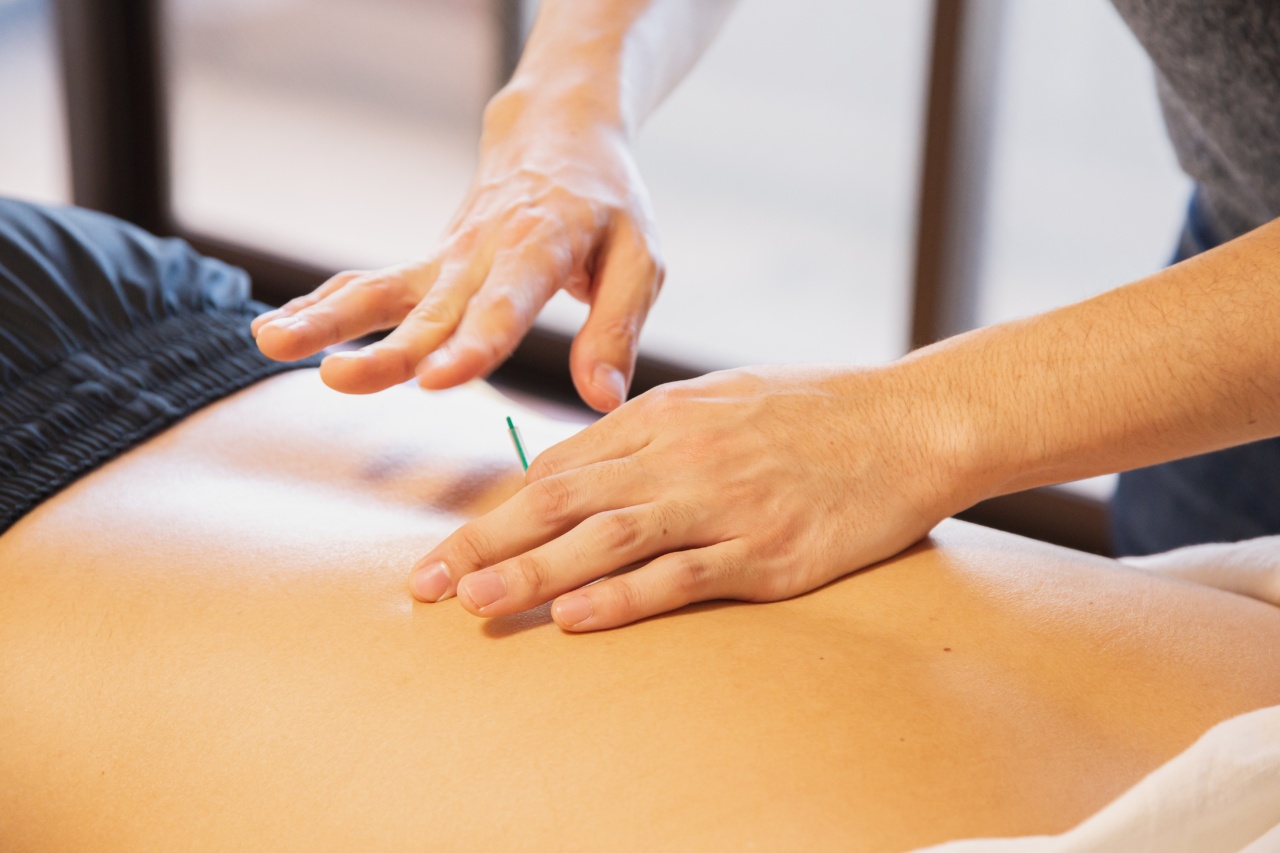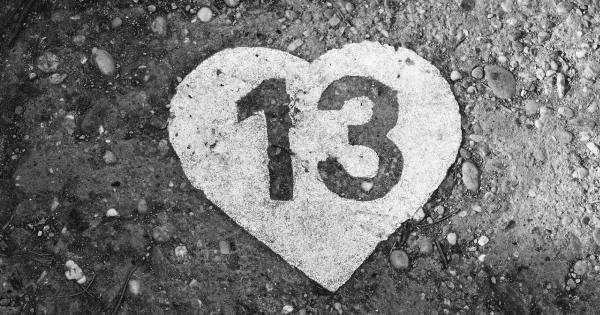Physiotherapy is an important component of the recovery process after a heart attack or surgery. It helps patients regain strength, flexibility, and endurance after a significant medical event, and also reduces the risk of further complications.
In this article, we will explore the role of physiotherapy in the recovery process after a heart attack or surgery in more detail.
What is a Heart Attack?
A heart attack, or myocardial infarction, occurs when there is a blockage in one or more of the arteries that supply blood to the heart muscle. This can cause damage to the heart muscle and lead to complications such as heart failure and arrhythmias.
What is Surgery?
Surgery is a medical procedure that involves the manipulation of body tissues to treat a disease or injury. Common surgeries related to the heart include coronary artery bypass grafting and valve replacement.
What is Physiotherapy?
Physiotherapy, also known as physical therapy, involves the use of exercises, manual therapy, and other interventions to promote mobility, function, and quality of life.
Physiotherapists work with patients to develop personalized treatment plans based on their specific needs and goals.
The Benefits of Physiotherapy for Heart Attack and Surgery Patients
Physiotherapy has numerous benefits for patients recovering from a heart attack or surgery, including:.
- Improving physical function
- Reducing pain and inflammation
- Preventing muscle atrophy
- Improving circulation and cardiovascular function
- Preventing blood clots
- Reducing the risk of complications
- Improving overall quality of life
The Role of Physiotherapy Immediately after a Heart Attack or Surgery
Physiotherapy is an important component of the recovery process immediately after a heart attack or surgery. Patients often experience significant pain and weakness in the affected area, which can lead to a decrease in mobility and function.
Physiotherapy can help patients regain strength and mobility through the use of exercises and manual therapy, and can also help manage pain and inflammation.
Exercise Prescription for Heart Attack and Surgery Patients
One of the primary interventions used by physiotherapists for heart attack and surgery patients is exercise prescription.
This involves developing a personalized exercise program based on the patient’s goals, baseline fitness level, and medical history. Exercise programs for heart attack and surgery patients typically focus on improving cardiovascular function and endurance, as well as strength and flexibility.
Manual Therapy for Heart Attack and Surgery Patients
Manual therapy, which involves hands-on techniques such as massage and joint mobilization, can also be an effective intervention for heart attack and surgery patients.
It can help reduce pain and inflammation, improve circulation, and promote healing of damaged tissues. Physiotherapists may also use manual therapy to improve joint mobility and flexibility, which can improve overall physical function.
Cardiac Rehabilitation for Heart Attack Patients
Cardiac rehabilitation is a specialized form of physiotherapy designed specifically for heart attack patients.
It typically involves a combination of exercise, education, and support to help patients recover and reduce the risk of further cardiac events. Cardiac rehabilitation programs are typically tailored to the patient’s specific needs and may include personalized exercise programs, nutrition counseling, and stress management techniques.
Conclusion
Physiotherapy is an essential component of the recovery process after a heart attack or surgery. It helps patients regain strength, flexibility, and endurance, and reduces the risk of further complications.
Physiotherapists use a range of interventions, including exercise prescription and manual therapy, to help patients recover and improve their overall quality of life. If you have recently experienced a heart attack or surgery, it is important to work with a physiotherapist to develop a personalized treatment plan to aid in your recovery.

























